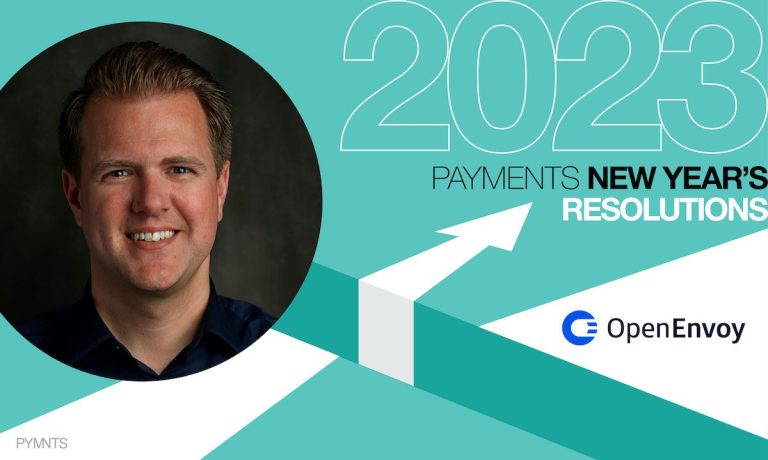
AI technology in the accounts payables process results in more accuracy and less fraud, OpenEnvoy CEO Matthew Tillman writes in the new PYMNTS eBook, “2023 Payments New Year’s Resolutions.”
In 2021 American businesses spent $16.52 trillion, and according to a recent study, $12.06 trillion went unreconciled. There are almost 200 solutions touting automation to solve this problem but what lies under the hood of those solutions might surprise you: old technology and lots of people. People make mistakes.
For the past few decades, teams have begged management for budgets to automate routine tasks. Workflow solutions, to augment ERP, were too complex to manage and failed to address the problem. RPA solutions were too general.
While both workflow and RPA products reduced costs within the finance team, they also ended up transferring labor costs to more costly labor. The result was added software costs, costly maintenance, and an overall increased cost per transaction ($14/invoice in the U.S.). Simply put, most solutions in the market today are web forms on top of databases that make high- and low-cost labor more efficient at low value work.
The average age of a financial operations person is 48 and climbing. As it turns out, new college graduates don’t see manual data entry and payment issuance as a worthwhile career. They’re right, of course. Turnover in this area is expensive and isn’t going to go away. The only solution is to eliminate the labor entirely; it isn’t a problem to be outsourced.
2023 brings hope. We are no longer dependent on humans to enter data, take action on data, or even manually participate in accounts payable. In fact, humans are no longer required to train many types of artificial intelligence (AI). In 2023 systems that transfer work will make way for systems that eliminate work.
At the end of 2022, OpenEnvoy released an unsupervised data extraction product along with a neural network that assigns GL Codes to invoice line items, without rules. The first time it was used in production, it achieved a 98% success rate. Humans are about 75% accurate at this scale. In fact, it even found errors that humans had made and corrected them. If this can be done with the modest compute power of a small company, imagine what can be done with greater investment into the space.
Companies have long been aware that non-strategic finance is a cost center. However, given the amount of manual labor required to initiate automation for legacy systems, they have resigned to paying as little as possible for “good enough” and in fact most P2P companies call results “OK to pay.” OK is no longer good enough. 2023 is the year companies can have the best of both worlds — 100% coverage and accuracy without human involvement. Fewer people in the accounts payables process results in less fraud, both intentional and unintentional. As consumers, that’s better for all of us.